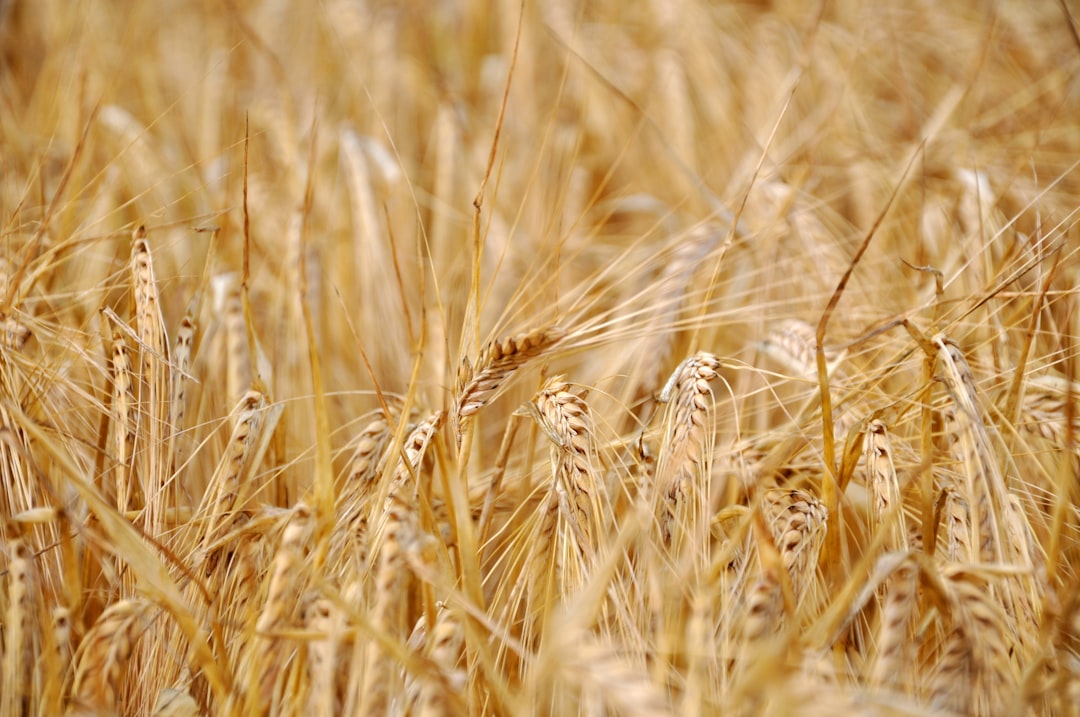What is it about?
Diets high in milk protein are often reported to promote weight loss. But we know very little of the components of milk protein that produce the health benefits and how this occurs. We compared diets enriched in either whey, casein or a combination of the two proteins, on multiple parameters such as food intake, energy expenditure, body composition and glucose tolerance in obese rats. We also measured key molecules involved in glucose and energy metabolism in muscle and fat tissues to gain insights into the mechanisms of action of whey and casein.
Featured Image
Why is it important?
We demonstrate that whey and casein alone are more effective their combination in decreasing food intake and fat mass, which in part may likely be due to decreased taste preference. We also demonstrate that whey decreased energy expenditure and is more effective in stimulating the secretion of the lower gut satiety hormone - glucagon like peptide-1, and in improving glucose clearance, than other treatments.
Read the Original
This page is a summary of: Dietary Whey and Casein Differentially Affect Energy Balance, Gut Hormones, Glucose Metabolism, and Taste Preference in Diet-Induced Obese Rats1–3, Journal of Nutrition, August 2015, Oxford University Press (OUP),
DOI: 10.3945/jn.115.213843.
You can read the full text:
Contributors
The following have contributed to this page










